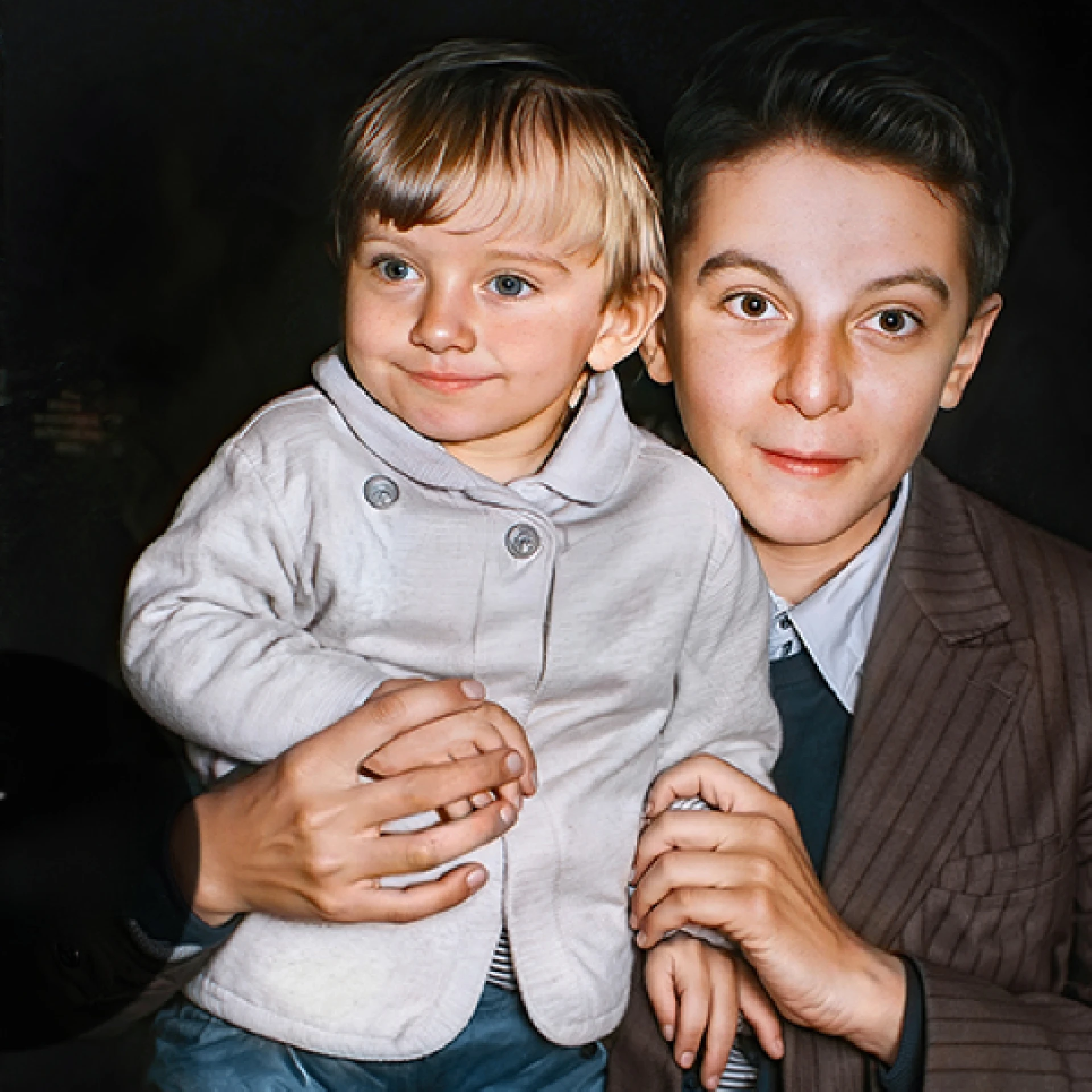The Science Behind AI Photo Restoration

Artificial intelligence has revolutionized the way we approach photo restoration, transforming what once required hours of manual work into a process that takes just seconds. But how exactly does AI accomplish this seemingly magical transformation?
Understanding Neural Networks
At the heart of AI photo restoration lies deep learning neural networks, specifically convolutional neural networks (CNNs) that have been trained on millions of image pairs. These networks learn to identify patterns of damage and understand how to reconstruct missing or corrupted information.
The process begins with the AI analyzing the damaged photograph pixel by pixel, identifying areas of corruption, fading, scratches, or missing information. The neural network then references its vast training data to predict what the original image should look like.
The Restoration Process
Modern AI restoration systems work through several sophisticated stages:
- Damage Detection: The AI first scans the image to identify all types of damage including scratches, stains, fading, and missing portions.
- Content Analysis: The system analyzes the surrounding context to understand what the damaged areas should contain.
- Reconstruction: Using advanced algorithms, the AI reconstructs the damaged areas by generating new pixels that match the original style and content.
- Enhancement: Finally, the system applies color correction, contrast adjustment, and sharpening to improve overall image quality.
Machine Learning Training
The effectiveness of AI photo restoration depends heavily on the quality and diversity of training data. Our algorithms have been trained on millions of before-and-after image pairs, learning from professional restoration work to understand the subtle nuances of different types of photographic damage.
This training process involves showing the AI thousands of examples of damaged photos alongside their professionally restored counterparts. Over time, the network learns to recognize patterns and develop an intuitive understanding of how to approach different types of restoration challenges.
Advanced Techniques
Recent advances in AI have introduced several breakthrough techniques that have dramatically improved restoration quality:
Generative Adversarial Networks (GANs) GANs pit two neural networks against each other - one generating restored images and another evaluating their quality. This competitive process results in incredibly realistic restorations.
Attention Mechanisms Attention mechanisms allow the AI to focus on the most important parts of an image, ensuring that facial features and other critical details receive priority during restoration.
The Future of AI Restoration
As AI technology continues to evolve, we can expect even more impressive capabilities in photo restoration. Future developments may include real-time restoration of video content, improved handling of severely damaged photographs, and the ability to restore images with missing metadata or unknown origins.
The combination of advancing AI technology and increasing computational power means that what seems impossible today may become routine tomorrow. The science behind AI photo restoration continues to push the boundaries of what's possible in digital image recovery.
Experience AI Restoration Yourself
Try our advanced AI photo restoration technology and see the science in action.
